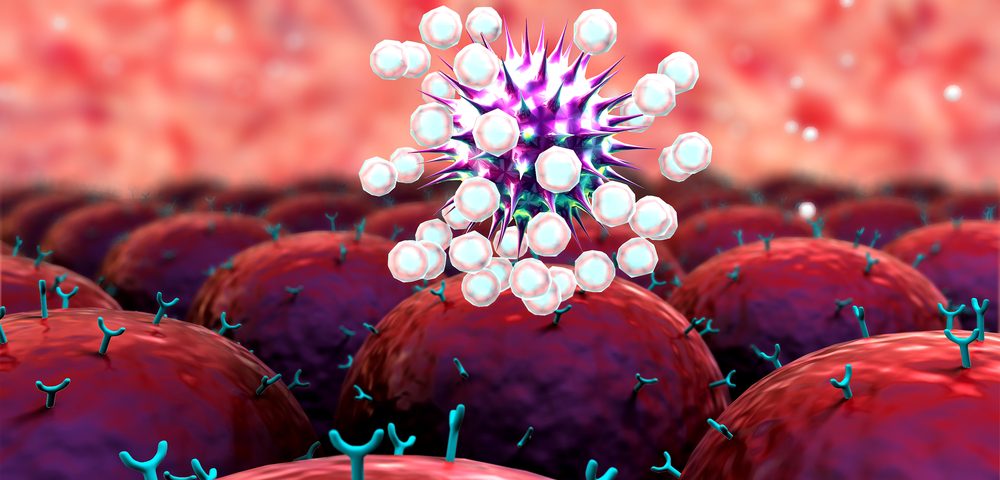A study in tree shrews — a small mammal that also gets infected with the hepatitis B virus (HBV) — gave researchers a deeper understanding of the innate immune response processes triggered by the virus.
The study, “Extracellular Vesicles Including Exosomes Regulate Innate Immune Responses to Hepatitis B Virus Infection,” published in the journal Frontiers in Immunology, also demonstrated that the ability of the virus to cause a chronic infection may rest on the balance between the innate immune response and the virus’s attempts to suppress it.
For drug development to be possible, researchers need an understanding of how a disease affects the body. But for HBV, researchers know relatively little of the immune processes that get into gear when the virus strikes.
Researchers at Kumamoto University in Japan injected tree shrews with the virus to better understand the innate immune reactions to HBV. They observed that only 55 percent of the animals became infected, suggesting the other half of the group had an immune response that prevented the virus from settling in the liver.
Using liver cells from the shrews, the team found that early on during the infection, the levels of the immune mediator IFN-gamma increased.
The factor was released from immune cells called natural killer (NK) cells in the liver, but only if another immune cell, the macrophage, was present. The team then showed that IFN-gamma activated a gene called DDX60 that allowed liver cells to destroy the viral HBV genome.
The team also detected another key to the immune response. When liver cells got infected, they released extracellular vesicles (EVs) — small spheres holding bits of the viral genes that trigger an additional immune response.
“We showed that EVs coming from HBV-infected hepatocytes carry viral nucleic acids which, in turn, stimulates the innate immune response against HBV,” Hiroyuki Oshiumi, a professor at Kumamoto University and the study’s senior investigator, said in a news release.
But the team also found that HBV can escape the immune response by increasing the levels of immunosuppressive factors in the released spheres. The factors tone down the activation of the NK cells needed for IFN-gamma release, and the virus gets an opportunity to spread within the liver.

